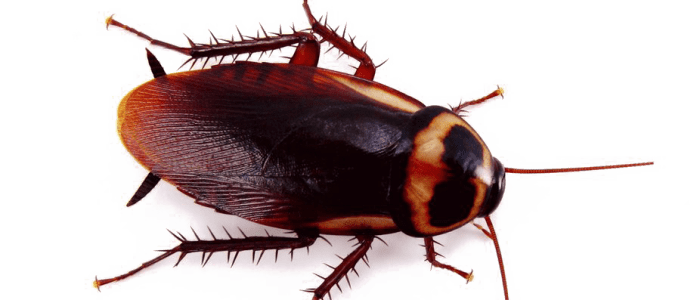Everything Residents Need To Know About Identifying And Locating Cockroach Eggs Within Their Home
Due to their unsightly appearance and association with filth, cockroaches are among the most despised of all insect pests of homes and buildings. Unlike termites and carpenter ants, however, cockroaches will not inflict structural damage to homes, and obviously, they do not bite or sting humans. That being said, cockroaches are known to spread dozens of disease-causing microorganisms to human food sources and indoor surfaces. Also, both live and dead roaches, as well as their byproducts (excrement, shed skins, and eggs), serve as significant indoor allergens. Their ability to reproduce rapidly within obscured indoor areas make cockroaches particularly difficult to eliminate from infested homes. This is why it is important for homeowners to know how to locate and identify indoor cockroach eggs.
German, American, Oriental and brown-banded cockroaches are the four species that can be found within structures in New York state. While all four of these species reproduce within structures, German cockroaches are encountered in homes most frequently because they dwell primarily indoors and have inhabited the US for centuries. Amazingly, one single female German cockroach can produce 30,000 offspring within a household in only one year, and their eggs can be hard to find, as all roach pest species see females carry their eggs with them. Cockroach females carry between 30 and 50 eggs within a strigose (ridged) and brownish purse-like “egg case” (oothecae) that’s between ¼ and ½ of an inch in length. Most roach pest species produce similar looking egg cases, and only German cockroaches carry their egg cases for nearly the entire duration of the eggs’ development.
Just one hour before hatching, female German cockroaches drop their egg cases within sheltered areas located in warm and moist conditions, particularly cracks and crevices around pipes. Unlike German cockroaches, females of the American and brown banded species glue their egg cases to walls and other surfaces located in moist areas weeks or even months before the eggs hatch. The brown banded cockroach species sees multiple females deposit their egg cases in shared clusters that are often located in cupboards below sinks and in other warm and moist areas. Oriential cockroach females deposit their ⅓ of an inch long egg cases in warm and moist areas located in crawl spaces, bathrooms and kitchens long before the eggs hatch, but they do not glue their egg cases to surfaces. Oriental cockroach egg cases are smooth, dark in color, and relatively small, as they only contain around 16 eggs. Generally, all four of these cockroach species deposit their egg cases within similar indoor locations where they commonly maintain harborages.
Have you ever discovered one or more cockroach egg cases within your home?


Comments are closed.